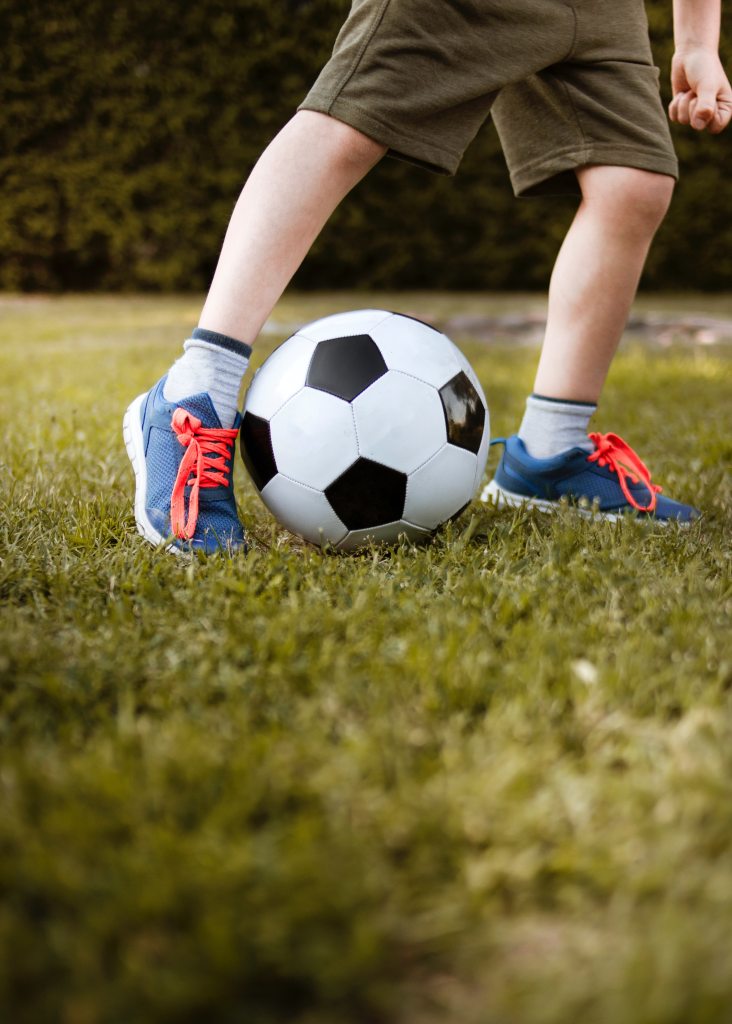
Young people who are given more opportunities to be active are not only exposed to a large range of movement skills that enable them to confidently and safely participate in a wide range of activities, but are also more likely to engage in physical activity across their lifespan, and physical activity behaviours that begin during childhood have been demonstrated to be relatively stable into adolescence, and into adulthood. A longitudinal study in 2014 reported that across the lifespan, children who were regularly active were the most likely to physically active adults (Telama et al., 2014).
So why is this so important? Physical inactivity is associated with a wide range of chronic diseases such as obesity, diabetes, osteoporosis and cardiovascular disease, and is a significant contributor to early mortality around the world. A recent Lancet paper estimated the economic cost of physical inactivity globally at around $55 billion dollars a year (Ding et al, 2016)- yes, I said billion! Inactivity is strongly associated with poor mental and physical health outcomes, and a significant predictor of ill health. Physical activity is an essential part of living a healthy life.

So what is recommended? How much exercise should we all be getting? And is this the same for children and youth? For adults, the global recommendations for physical activity are 150 minutes of moderate to vigorous exercise per week, or more simply, 30 minutes, 5 days a week. Unfortunately, only an estimated 20% of adults are achieving this target in first-world countries (Piercy et al., 2018). The inactivity problem is even more significant for youth and children.
It is recommended that young people aged 5-18 years get 60 minutes of moderate to vigorous activity every day, including activities that strengthen muscles and bones such as jumping, climbing, lifting and carrying.

Globally, less than a quarter of young people are achieving the current recommended amount of daily physical activity, and this number is declining rapidly. In Australia where I am writing from, only 11% of children are meeting the recommended levels of physical activity as reported in a recent global study. Given what we know about exercise behaviour over the lifetime, these rates of physical activity are alarming.It is critical that young people develop positive behaviours surrounding exercise to set themselves up for a healthy, happy and long life. Fortunately, all is not lost; the same study that demonstrated that inactive children become inactive, unhealthy adults demonstrated that if positive exercise behaviours are adopted during adolescence, this result can be reversed (Telama et al., 2014). It is never too late to start exercising!
So what are the benefits of exercise for young people?
- Active kids learn better! Children who are physically active perform better on standardized tests, are more attentive in class and outperform inactive peers
- It can improve our brains! Using neuroimaging, differences in structural brain volumes between active and inactive children in areas related to attention, regulation and memory
- Improved strength and fitness– Children who participate in exercise have increased muscle strength, bone density and aerobic fitness allowing them to have more energy and participate in more of life.
- Improved co-ordination, gait and mobility– Participation in physical activity is shown to improve motor planning, co-ordination and movement patterns.
- Decreased cardiovascular risk factors– It’s simple, exercise more, decrease your risk of obesity, cardiovascular disease and diabetes!
- Social and communication skills– Exercise offers a unique opportunity to develop teamwork, language and non-verbal communication skills that can be used to build friendships and resilience.
- Many more!
How can you help your child be active?
- Reduce screen time, and head outdoors! Kick a ball at the park, walk the dog, or even just go to the playground!
- Listen to their interests, and provide them with opportunities to explore physical activity that is in line with their interests- not everyone is a triathlete!
- Provide opportunities to be active with peers (after school, sporting clubs, dancing, martial arts)
- Talk to the school- they spend the day with your child!
- Be active yourself. Active parents make active kids.

All young people deserve the opportunity to feel confident and supported to move their body and participate in physical activity. For more information on how to engage your child in physical activity, feel free to contact me: https://exerciseonthespectrum.com/contact/
Until next time,
Josh
